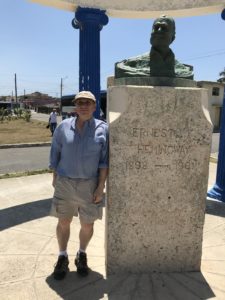 What a year in a writer’s life. I was incredibly busy this year even though I finished no new books. As I look back on what I wrote for 2018, I realize that 2019 was also transitional. Whether that can be considered good or not is debatable.
What a year in a writer’s life. I was incredibly busy this year even though I finished no new books. As I look back on what I wrote for 2018, I realize that 2019 was also transitional. Whether that can be considered good or not is debatable.
This was the second year in a row with nothing new in the bookstores. I’ve been writing, and writing a lot, but too often spread out on several new ideas along with the current work(s) in progress. That’s great for creativity, not so great for finishing any individual project. More on that shortly.
My three previously published books (not counting the two e-books) hit a wall in 2019, in part due to a private equity firm buying out Barnes and Noble stores and taking them private. Like many brick-and-mortar stores, B&N has been struggling to compete against online booksellers and secondary sellers via the likes of Amazon and eBay. No longer publicly traded, the new CEO of B&N is rethinking how their stores work. They probably will close some locations and retool others, much like the new CEO did when he took over the British bookseller Waterstones. So why does this affect me? Mainly because my publisher is affiliated with B&N and has effectively been put on hold while B&N figures out its future. The stock of my books is essentially frozen: no new printings, limited numbers of books in stores and in the warehouse, and stiff competition from those secondary sellers (for which I receive zero benefit). I did sell some additional foreign rights, but at this point I need new books on the market to maintain even a semblance of royalties.
My writing life was busy in other respects. I was the keynote speaker at the annual Lincoln-Thomas Day commemoration at Fort Stevens in Washington, D.C. in September. I co-instructed a “Lincoln’s Campaign for the Nomination, 1859-60” at the New York Avenue Presbyterian Church. And I attended the LEAD: Spirit of Lincoln Youth Academy in Illinois. The LEAD group has given all of the students in the program a copy of my book for the last two years; this year they asked me to come out and speak to them directly.
I also was interviewed and/or mentioned in a variety of outlets in 2019. One 8th grader interviewed me on Lincoln and Emancipation (this was my fourth such interview by students, the first three about Tesla). I was also interviewed on Facebook Live by filmmaker Annabel Park, mentioned in online and print articles, and even made the acknowledgements of a prominent scientist’s book.
While no books made it out the door, my writing appeared in print. Two book reviews were published in Civil War Times magazine. Eight book reviews were published in The Lincolnian. I also entered three writing contests (two didn’t win and one is still in review).
So what is the plan for 2020?
Over the last few months I’ve refocused my writing with the goal of finishing my long-researched new Lincoln book. That is my main objective in 2020, but it isn’t my only one. I’m also now in the initial planning stages of a collaborative travel perspective book that should be fleshed out in the coming month. I have several other books I had been working on piecemeal; the goal is to keep one of them moving while likely punting on the others until 2021.
In addition I will be putting more emphasis on magazine publishing in 2020. I plan to do more book reviews for Civil War Times, the Journal of the Abraham Lincoln Association, and the Lincoln Herald. I’ll also be pitching longer format articles for these journals and, for other magazines, non-Lincoln topics. The goal is to pitch two ideas a month while also entering one writing contest per month.
My speaking schedule increased in 2019 and will increase more in 2020 (and even more in 2021 when I expect to be doing a book tour). When I’m not writing or preparing talks I’ll continue with my 75 books per year reading schedule. If I can squeeze it in, I’ll also get back to developing my photography skills.
All this means is 1) 2020 will be a busy year, and 2) I’ll have to be more efficient than I was in 2019. One thing is certain: I love this writing life.
Happy New Year to all!
David J. Kent is an avid science traveler and the author of Lincoln: The Man Who Saved America, in Barnes and Noble stores now. His previous books include Tesla: The Wizard of Electricity and Edison: The Inventor of the Modern World and two specialty e-books: Nikola Tesla: Renewable Energy Ahead of Its Time and Abraham Lincoln and Nikola Tesla: Connected by Fate.
Check out my Goodreads author page. While you’re at it, “Like” my Facebook author page for more updates!



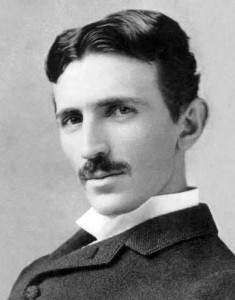 Nikola Tesla spent much time learning to exert self-control over his will. Once an addicted gambler, he worked hard to rid himself of that destructive desire. Not leaving a trace of desire apparently extended to his views on marriage and celibacy.
Nikola Tesla spent much time learning to exert self-control over his will. Once an addicted gambler, he worked hard to rid himself of that destructive desire. Not leaving a trace of desire apparently extended to his views on marriage and celibacy.
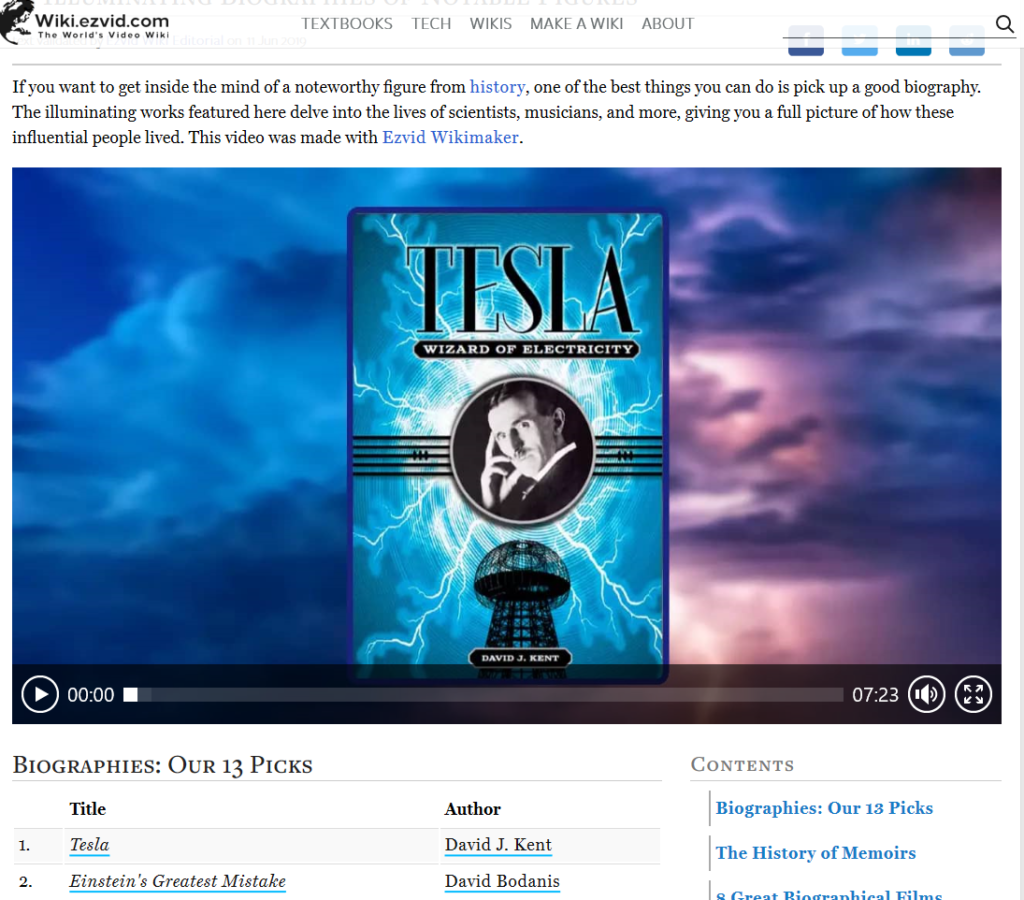
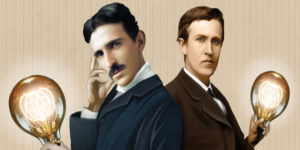 In 1882, Nikola Tesla’s time in Budapest was coming to an end. His close relationship with the Puskas brothers led him to Charles Batchelor, who was Thomas Edison’s man in Paris. Batchelor was an Englishman and mechanic supreme, having learned his trade in the textile mills of Manchester. But Batchelor was more than just a good technician; he was a natural salesman and organizer. Nearly single-handedly he had overseen the spread of Edison’s direct current system across Europe, mostly as isolated power plants for individual factories, hotels, shipyards, and railroad stations. This highlighted the big problem with direct current—it was limited to low voltages and could not be transmitted more than a short distance. Direct current power plants had to be installed every mile or so to light up a city, a logistical problem that meant despite his sales skills Batchelor was only able to install three central power stations, one each in the cities of Milan, Rotterdam, and St. Petersburg.
In 1882, Nikola Tesla’s time in Budapest was coming to an end. His close relationship with the Puskas brothers led him to Charles Batchelor, who was Thomas Edison’s man in Paris. Batchelor was an Englishman and mechanic supreme, having learned his trade in the textile mills of Manchester. But Batchelor was more than just a good technician; he was a natural salesman and organizer. Nearly single-handedly he had overseen the spread of Edison’s direct current system across Europe, mostly as isolated power plants for individual factories, hotels, shipyards, and railroad stations. This highlighted the big problem with direct current—it was limited to low voltages and could not be transmitted more than a short distance. Direct current power plants had to be installed every mile or so to light up a city, a logistical problem that meant despite his sales skills Batchelor was only able to install three central power stations, one each in the cities of Milan, Rotterdam, and St. Petersburg.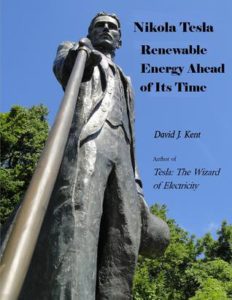 an article published in
an article published in 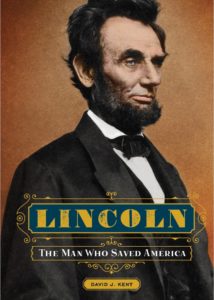


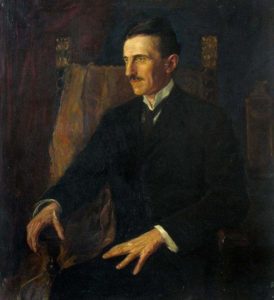 During his illustrious scientific career, Nikola Tesla developed many inventions that changed the world, including his unique design for a rotating magnetic field motor that enabled the use of alternating current on a commercial basis, wireless communication across vast distances, and even early “shadowgraphs,” precursors to X-rays. He also made forays into areas that, while he did not succeed in commercializing, set the stage for future developments, including wireless remote control of boats and other devices (robotics). Tesla did make some grandiose claims that did not come to fruition, the biggest of which included the wireless transmission of power through the Earth, plus a directed energy weapon. He also claimed to have communicated with intelligent beings from the planet Venus or Mars.
During his illustrious scientific career, Nikola Tesla developed many inventions that changed the world, including his unique design for a rotating magnetic field motor that enabled the use of alternating current on a commercial basis, wireless communication across vast distances, and even early “shadowgraphs,” precursors to X-rays. He also made forays into areas that, while he did not succeed in commercializing, set the stage for future developments, including wireless remote control of boats and other devices (robotics). Tesla did make some grandiose claims that did not come to fruition, the biggest of which included the wireless transmission of power through the Earth, plus a directed energy weapon. He also claimed to have communicated with intelligent beings from the planet Venus or Mars.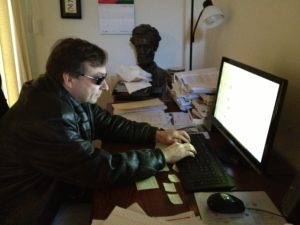 The year 2018 in a writer’s life was good. Well, kind of up and down, really. Okay, let’s just call it a year of transition. And that is actually a good thing.
The year 2018 in a writer’s life was good. Well, kind of up and down, really. Okay, let’s just call it a year of transition. And that is actually a good thing.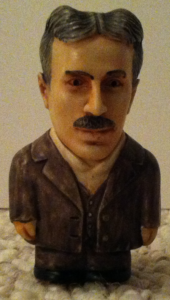 When he was not
When he was not 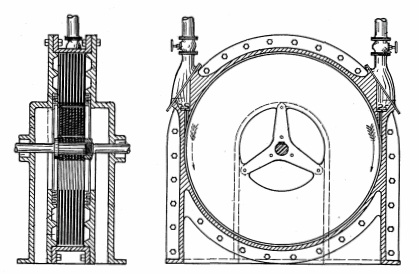 Tesla had begun working on bladeless turbines when he was consulting with the Westinghouse Company in Pittsburgh, but this project, like so many others, was put on hold while he toiled on his alternating current designs of high potential and high frequency. But in 1906 he gave himself a fiftieth birthday present by demonstrating his bladeless turbine in public. The basic design of the turbine relies on the principle of boundary layer flow, that is, where the movement of the liquid or gas passes over a series of smooth disks. Some of the liquid or gas adheres to the disks, which creates a vortex that spirals toward the center and spins the turbine. Tesla described it in an interview with the New York Herald in 1911:
Tesla had begun working on bladeless turbines when he was consulting with the Westinghouse Company in Pittsburgh, but this project, like so many others, was put on hold while he toiled on his alternating current designs of high potential and high frequency. But in 1906 he gave himself a fiftieth birthday present by demonstrating his bladeless turbine in public. The basic design of the turbine relies on the principle of boundary layer flow, that is, where the movement of the liquid or gas passes over a series of smooth disks. Some of the liquid or gas adheres to the disks, which creates a vortex that spirals toward the center and spins the turbine. Tesla described it in an interview with the New York Herald in 1911:






